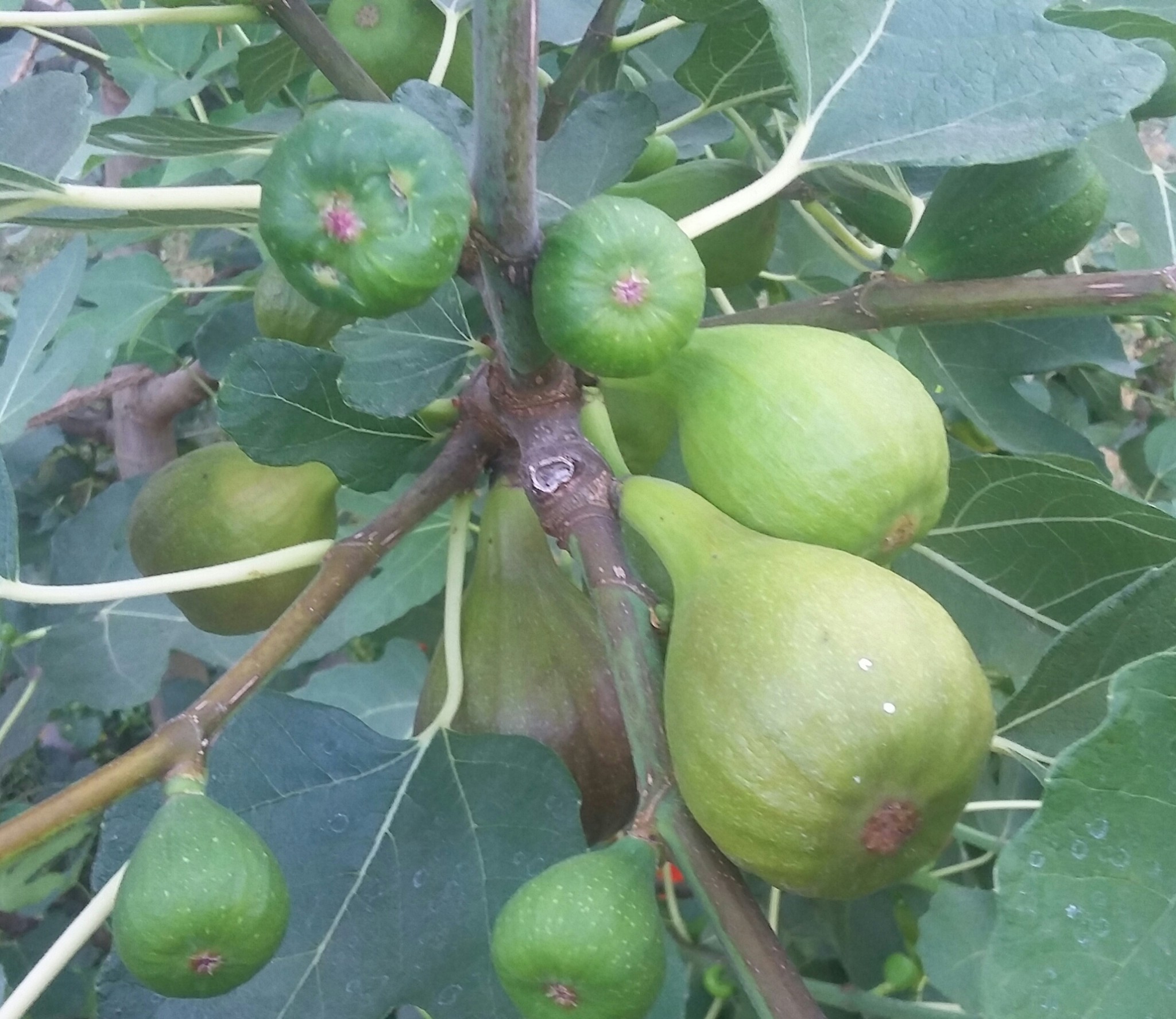Fig trees, known for their delicious fruit and lush green leaves, are revealing a surprising hidden talent – they can turn carbon dioxide into stone. This remarkable ability allows fig trees to play a crucial role in combating climate change by storing carbon in the soil long after the tree has completed its lifecycle.
While all trees absorb CO2 from the atmosphere as part of photosynthesis, most trees use this carbon to build structural components like cellulose. However, some exceptional species, including certain fig trees, have the unique capacity to convert CO2 into calcium oxalate crystals. These crystals can then be transformed by bacteria in the tree and surrounding soil into calcium carbonate – a key component of rocks like limestone and chalk.
Recent research conducted by Mike Rowley at the University of Zurich unveiled that fig trees native to Samburu County in Kenya possess this remarkable carbon-sequestration trait. By observing how these fig trees produce calcium carbonate above ground and even within their root structures that eventually transform into calcium carbonate-rich soil, scientists were astounded by the profound depth of this process within the wood structures.
Rowley expressed his surprise, stating,
“What was really a surprise…is that [calcium carbonate] had really gone far deeper into the wood structures than I expected.”
The study involved identifying specific fig tree species capable of producing calcium carbonate through acid tests and analyzing samples to pinpoint where in their trunks this process occurs.
Further exploration is needed to quantify the amount of carbon stored by these unique fig trees and evaluate factors such as water requirements and adaptability across various climates. However, if integrated into future reforestation initiatives, fig trees could serve a dual purpose as both a sustainable food source and an effective carbon sink.
The potential of fig trees goes beyond just providing shade or tasty fruits; they hold promise as invaluable allies in addressing environmental challenges. With their natural ability to lock away carbon underground for extended periods, these majestic trees offer hope for a greener future with enhanced climate resilience.
Incorporating fig trees strategically into forestry projects could significantly contribute to global efforts aimed at reducing greenhouse gas emissions while promoting biodiversity and sustainable land management practices. As we continue to explore nature’s wonders, it becomes increasingly clear that solutions to complex problems like climate change may lie right within our forests – among the branches of humble yet extraordinary fig trees.









Leave feedback about this